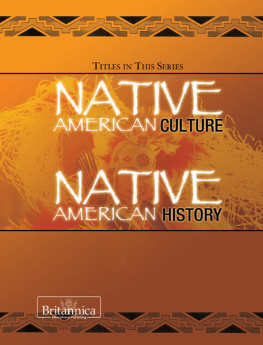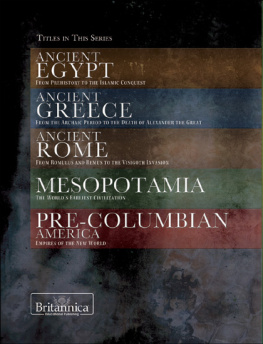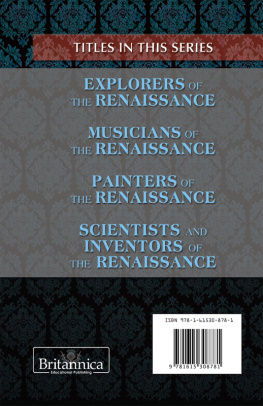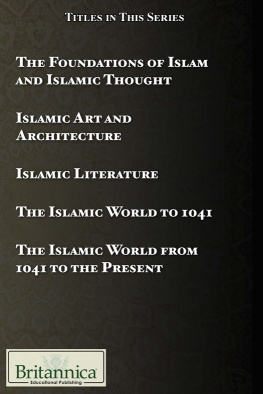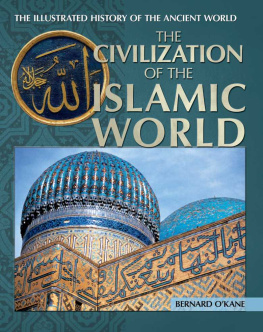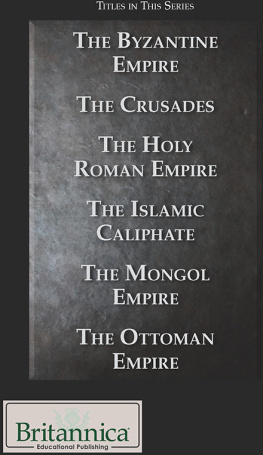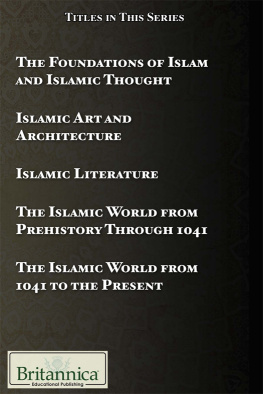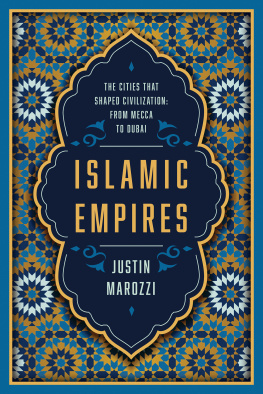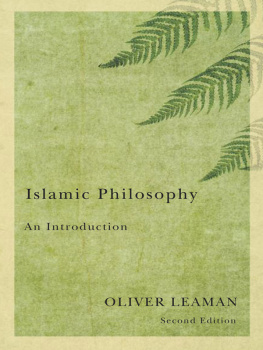ISLAMIC ART, LITERATURE, AND CULTURE
THE ISLAMIC WORLD
ISLAMIC
ART, LITERATURE, AND CULTURE
EDITED BY KATHLEEN KUIPER, MANAGER, ARTS AND CULTURE

Published in 2010 by Britannica Educational Publishing
(a trademark of Encyclopdia Britannica, Inc.)
in association with Rosen Educational Services, LLC
29 East 21st Street, New York, NY 10010.
Copyright 2010 Encyclopdia Britannica, Inc. Britannica, Encyclopdia Britannica,
and the Thistle logo are registered trademarks of Encyclopdia Britannica, Inc. All
rights reserved.
Rosen Educational Services materials copyright 2010 Rosen Educational Services, LLC.
All rights reserved.
Distributed exclusively by Rosen Educational Services.
For a listing of additional Britannica Educational Publishing titles, call toll free (800) 237-9932.
First Edition
Britannica Educational Publishing
Michael I. Levy: Executive Editor
Marilyn L. Barton: Senior Coordinator, Production Control
Steven Bosco: Director, Editorial Technologies
Lisa S. Braucher: Senior Producer and Data Editor
Yvette Charboneau: Senior Copy Editor
Kathy Nakamura: Manager, Media Acquisition
Kathleen Kuiper: Manager, Arts and Culture
Rosen Educational Services
Hope Lourie Killcoyne: Senior Editor and Project Manager
Alexandra Hanson-Harding: Editor
Nelson S: Art Director
Nicole Russo: Designer
Introduction by Janey Levy
Library of Congress Cataloging-in-Publication Data
Islamic art, literature, and culture / edited by Kathleen Kuiper.1st ed.
p. cm.(the Islamic world)
In association with Britannica Educational Publishing, Rosen Educational Services.
ISBN 978-1-61530-097-6 (eBook)
1. Civilization, Islamic. 2. Islamic literature. 3. Art, Islamic. 4. Islamic countries
Intellectual life. I. Kuiper, Kathleen.
DS36.8.I837 2010
700.88267dc22
2009037976
On the cover: Visitors tour the Sheikh Zayed Mosque in Abu Dhabi, United Arab
Emirates, in 2008. This mosque will be the third largest in the world when it is complete. It
contains several traditional elements of Islamic architecture and design, including ornate
wall patterns, arched columns, and a domed ceiling. Karim Sahib/AFP/Getty Images
Photo creidts: www.istockphoto.com.
CONTENTS
Chapter One:
The Varieties of Islamic Culture

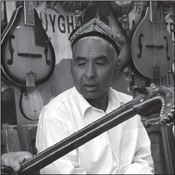
Chapter Two:
Islamic Arts: Introduction and General Considerations
Chapter Three:
The Mortar of Islamic Culture
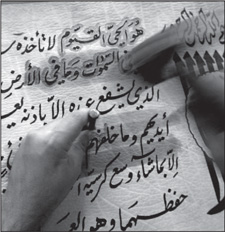
Chapter Four:
Islamic Literatures
Historical Developments:
Pre-Islamic Literature

Chapter Five:
Islamic Visual Arts


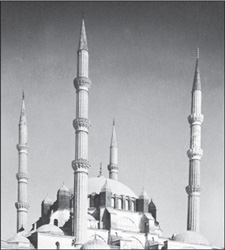
INTRODUCTION

T he Islamic world contains a rich tradition of extraordinary literature and visual arts that stretches back for centuries. At various times, these arts have influencedand been influenced byWestern literary and artistic traditions. Yet most Westerners know as little about Islamic literature and visual arts as they do about Islam itself. Popular works such as The Thousand and One Nights and vague notions of tiled mosques or lavish palaces (frequently derived from Western fiction) are often the extent of Westerners knowledge of Islamic arts. Viewing Islamic art through the lens of such works is roughly akin to trying to understand the full scope of Western literature and visual arts through popular romance novels and fairy-tale castles. The approach is neither realistic nor fair.
This unenlightened view was shattered with the tragic events of September 11, 2001, when many Americans replaced their naive notions of the exotic Orient with an outright rejection of a mostly unknown religion and all its worshippers. This attitude may be further exacerbated by the prejudice some feel toward the arts in general, that art has no connection to daily life and that it serves no useful purpose. Yet if those notions are accurate, why are the arts so intimately interwoven with human history? The truth is that the creation and appreciation of art is an integral part of what it means to be human. Tens of thousands of years agolong before writing existedpeople painted pictures on cave walls and carved small figures. Before there was writing, there was spoken language, which storytellers used to create an oral tradition that was an essential means of transmitting the fundamental principles of human society and institutions. The best among them could enthrall audiences with long, complex tales. After the invention of writing, many of these stories and poems were recorded, becoming some of the first works of literature.
Since that time, peoples around the world have used an immense variety of materials to create innumerable artworks in a myriad of forms and styles. The effort to understand and appreciate these artworks is both a challenging and exhilarating undertaking, not only for the sheer vastness of the task, but also because art serves different purposes at different times and in different cultures. Similarity of form does not necessarily mean similarity of purpose. Ancient Egyptians, for example, placed the organs of the dead in vessels called canopic jars. Westerners today may use similarly shaped vases to hold freshly cut flowers. On the other hand, strikingly different forms may serve similar purposes. Both Quakers and Muslims, for example, needed places to worship and desired to create structures they believed would be pleasing to God, instructive to believers, and in keeping with the tenets of their faith. For Quakers, that often meant plain, simple, unadorned wooden buildings. While Muslims also often worship in spaces without ornamentation or elaboration, enormous, elaborately decorated mosques covered with colourful tiles were considered just as appropriate.
Just as the purposes of art have varied over time and among cultures, so too have the dominant modes. Literature was the preeminent art form of early Islam, and it has retained its high status over the centuries. There are several reasons for this. One is that a solid foundation existed upon which to build Islamic literature. This foundation had been laid in Arabia, Islams homeland, long before the birth of the religions founder, the Prophet Muhammad. Arabs had developed a highly sophisticated oral literary tradition. One reason for the attention lavished on verbal arts may lie in the migratory lifestyle of the Bedouin, the nomadic desert Arabs. A nomadic way of life imposes certain limits on the art forms a culture develops. Architecture, for example, does not become a major art form, and there is little motivation to create any sort of large-scale art that would be difficult if not impossible to transport easily. Verbal arts, however, are ideal for nomadic cultures.
Next page


